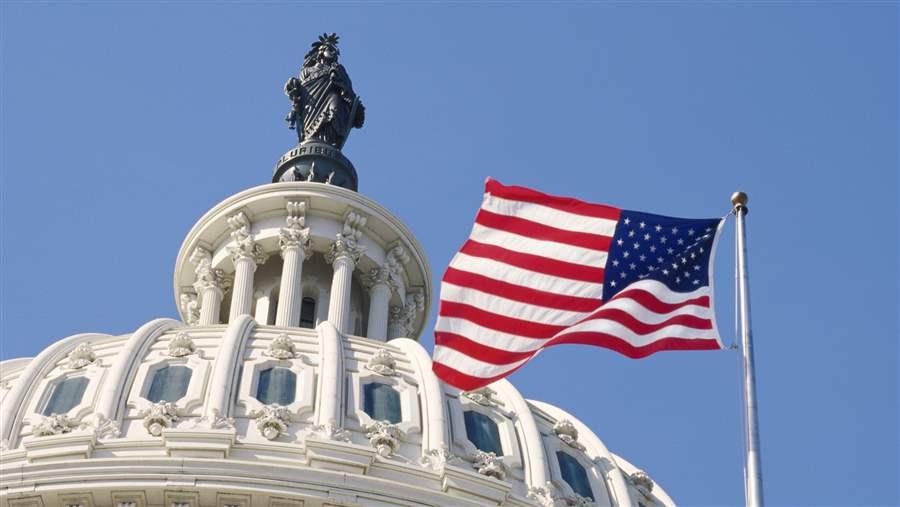Changes to Certain Widely Claimed Federal Tax Deductions Could Affect Some States
A look at the potential effects of links to the federal personal exemption and standard deduction
Many recent tax reform proposals have included changes to two provisions that apply to nearly all federal filers—the standard deduction and personal exemption. Revisions to these could affect not only federal revenue and filers, but also several states that incorporate them into tax calculations.
The federal standard deduction is a set amount, based on marital status and family structure, that filers who do not itemize deductions can subtract from their gross income, which ultimately reduces their tax liability. For 2016, the standard deduction was $6,300 for single filers and $12,600 for a married couple. Twelve states use these federal amounts for their own standard deductions, which means they could be affected by federal changes to this provision. For example, House Speaker Paul Ryan’s “Better Way” tax plan and the Donald Trump campaign’s outline both proposed to roughly double the federal standard deduction amounts. If the 12 states continued to link to the federal law after such a change, their deductions would increase as well, which would reduce those states’ revenue, absent other changes.
The federal personal exemption of $4,050 for each member of the household in 2016 also reduces taxable income. For example, a married couple filing jointly with two dependent children would be eligible for four exemptions, totaling $16,200. Eight states link to this provision and could be affected by any changes to it. The two proposals mentioned above would both have eliminated the personal exemption, which, on its own, would increase revenue in those eight states.
For any particular state, the impact of this pair of changes would depend on whether it is linked to one or both provisions. Eight states link to both federal provisions, and another four link to just the standard deduction. For example, Missouri links to the federal standard deduction but sets its own personal exemption, so it would be affected only by a change to the former. By contrast, Vermont is effectively linked to both provisions because its tax calculations begin with federal taxable income, which is the amount remaining after the standard deduction and personal exemption have been subtracted. So that state could see different impacts depending on the changes. For example, an increase in the standard deduction paired with elimination of the personal exemption could partly offset one another, resulting in an uncertain revenue impact, while increases to both would result in lower state tax collections.
Ultimately, conforming to federal law is a state choice. When federal law changes, state policymakers may decide to delink their tax codes to retain their original tax policies or avoid revenue disruptions, or they could choose to remain linked for simplicity, ease of administration, and compliance reasons.
And conformity is relevant not only to the provisions discussed here. Federal tax reform efforts will probably involve re-examination of other deductions, credits, and exemptions, many of which are intended to encourage or reduce the cost of specific activities such as college enrollment, retirement saving, and homeownership. Like the standard deduction and personal exemption, states often piggyback on these targeted federal provisions and so could face similar choices in the event of changes.
Anne Stauffer is director of and Mark Robyn is an officer with The Pew Charitable Trusts’ fiscal federalism initiative.











